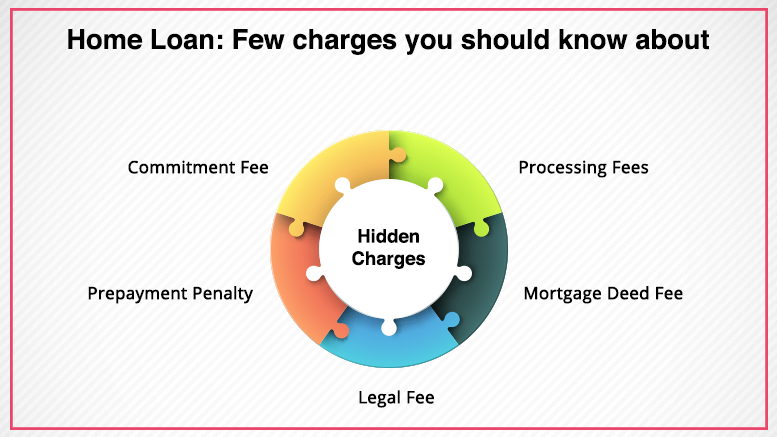
- About Us
- OUR OFFERINGS
- CALCULATORS
- RESOURCE CENTRE
-
Quick Links
- Existing Customers Benefits
- Become a Partner
- Pre-Approved Projects
- Home Loan App
- Blog
- CSR
- Locations
- Roi Switch Policy
- Co-Lending Policy
- Co-Lending Partnerships
- Customer Sensitization Program
- ROI Range
- Borrower Education - SMA/ NPA classification
- Borrower Awareness - RBI Ombudsman Scheme
- Borrower Awareness - procedure for handover of property documents
- NEWS CORNER
-
INVESTOR RELATIONS
- Financial Reports
- Investor Presentations
- Annual Reports
- Notices
- ESG Profile
- IEPF
- Investor Call Transcript
- Corporate Announcement
- Public Issue of NCD'S
- Qualified Institutional Placement
- Investor Relations Contact
- Familiarisation Programmes
- ISO CERTIFICATIONS
- Forms for Shareholder KYC-PAN-Nomination update
- Credit Ratings
- Statutory Advertisements
- ODR Portal
- Rights Issue
- Sustainable Financing Framework
- CONTACT US
- Login
 Apply
ApplyOnline

India's 1st Completely Online Home Loan!
-
e-APPLY
-
e-SANCTION
-
e-DISBURSE
Start your eHome Loans Process Now!
Apply OnlineAll you need to know about home loan CERSAI charges

- Apr 04, 2019
- VIEWS: 8031
All you need to know about home loan CERSAI charges
Buying a home is a very expensive business. It takes several lakhs, if not a few crores to become a home owner in today’s day and age. As if the investment of a home isn’t already expensive, most buyers must rely on home loans to make the purchase. Apart from the obvious fact that one would be repaying the principal loan amount with a fixed or floating interest rate, there are also several other, lesser-known charges associated with home loans. Some of these include the loan repayment mode chosen by the borrower, Franking or stamp duty charges, overdue charges on EMI and EMI bounce charges. Another unknown charge levied on home loans is the CERSAI charge. Let’s find out more about it.
What are CERSAI Charges for home loan?
The Central Registry of Securitisation Asset Reconstruction and Security Interest of India, or CERSAI Charges is a term used in the context of home loans. CERSAI is basically a company licensed by the Government of India, under Section 8 of the Companies Act of 2013. Under this Act, the Central Government of India and select public sector banks as well as National Housing Banks serve as 51% shareholders in CERSAI.
CERSAI was created in order to check and identify any fraudulent activities, especially in case of home loans against property or mortgage home loans i.e. several loans taken by pledging the same asset. The main purpose of the creation of CERSAI was to deter all the illegal practices of taking out multiple loans against the same asset or property from different lenders.
The government started levying CERSAI charges for home loans so as to protect the interests of the lenders while providing loans against property. It enables lenders to conduct a check on CERCAI’s official website to determine whether a property, against which one is seeking a loan, is not encumbered by security interest created by another lender.
CERSAI charges
As per CERCAI regulations, lenders need to mandatorily register details of all security interests they create with CERSAI by visiting the website within a period of 30 days of creating security interests. As such, the home loan borrower must pay a small charge, known as the CERSAI charge while he takes out the loan.
CERSAI charges for home loans are prescribed by CERSAI and the borrower must pay a fixed fee of ?50 for a loan amount amounting to ?500,000. If the loan amount exceeds ?500,000 the borrower must pay a fee of ?100 towards original filing and/or modification as CERSAI charge.
Objectives of CERSAI
As mentioned above, the Government of India launched CERSAI with the main objective of eliminating fraudulent and dubious activities related to taking out loans by pledging the same asset as mortgage to various lenders at the same time. The company was also launched so as to maintain a single, centralised registry of all equitable mortgages. The CERSAI registry essentially contains all the relevant and necessary information regarding mortgage loans taken out on a single property. Additionally, lenders can also find information about the party sanctioning the loan against the property in question as well all the necessary information about the borrower.
Final Word
All financial institutions; whether it is a bank or a housing finance company, can register innumerable transactions related to asset reconstruction and securitisation. Other than levying CERSAI charges for home loans as required, the objectives of CERCAI were further extended so as to include registration of various types of mortgages that are prevalent in India. This also includes the registration of all kinds of security interests created in assets that are not deemed as tangible; a book debt for instance.
No Comments
Subscribe
Most Viewed Blogs
Categories
- Home Loans Guide 125
- Home Renovation Loan Guide 3
- Home Loan Transfer Guide 14
- Home Extension Loans Guide 1
- Loan Against Property Guide 28
- Home Loan Interest Rates Guide 2
- Others Guide 8
- Home Decor & Lifestyle Guide 5
- Plot Loan Guide 3
- PMAY Guide 5
- Uncategorized Guide 1
- NRI Home Loans Guide 5
- Financial Resolutions Guide 1
- New Year Resolutions Guide 1
Archives
- Mar 2020
- Jan 2020
- Nov 2019
- Jul 2019
- Jun 2019
- May 2019
- Apr 2019
- Mar 2019
- Feb 2019
- Jan 2019
- Dec 2018
- Nov 2018
- Jul 2018
- Jun 2018
- May 2018
- Apr 2018
- Mar 2018
- Feb 2018
- Jan 2018
- Dec 2017
- Nov 2017
- Oct 2017
- Sep 2017
- Aug 2017
- Jul 2017
- Jun 2017
- May 2017
- Apr 2017
- Mar 2017
- Feb 2017
- Jan 2017
- Dec 2016
- Nov 2016
- Oct 2016
- Jun 2016
- Apr 2016
- Mar 2016
- Feb 2016
- Jan 2016
- Dec 2015
- Nov 2015
- Oct 2015
- Sep 2015
- Aug 2015
- Jul 2015
- Jun 2015








